
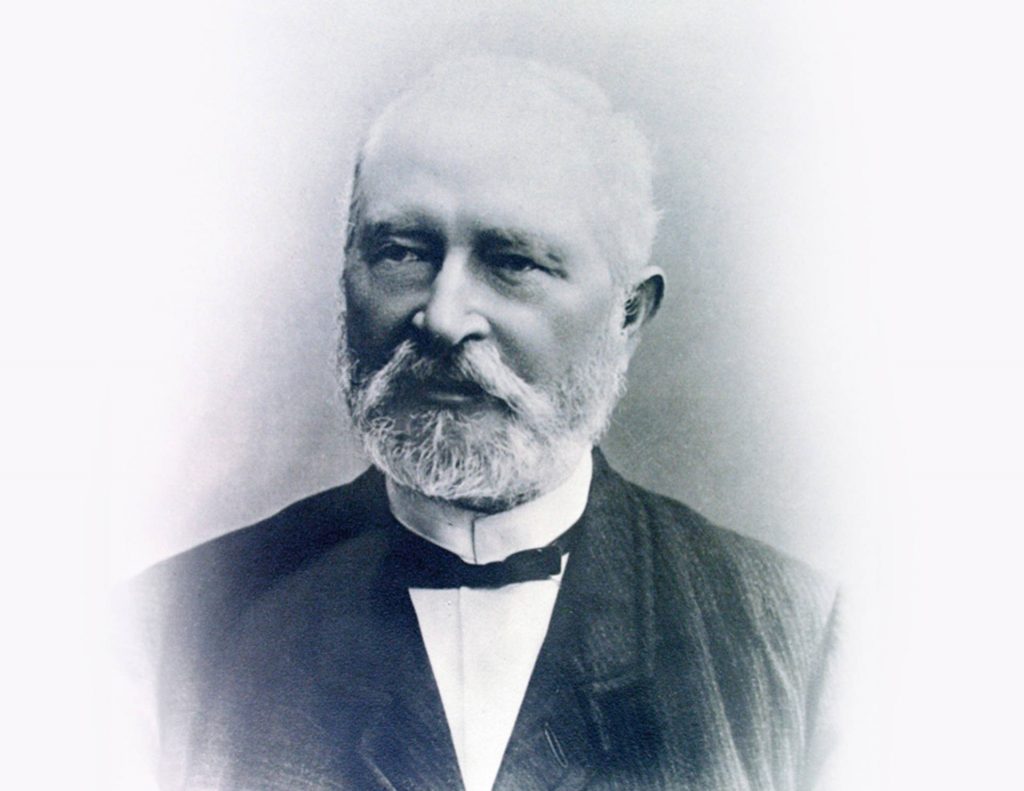
1830: BIRTH OF OUR FOUNDER HEINRICH SCHÜCHTERMANN
Heinrich Schüchtermann was born the son of a baker on 20 October 1830 in Recklinghausen. The trained watchmaker started his own business at a young age and built up and expanded companies in various sectors. In his adopted home town of Dortmund, the professed Catholic was actively involved in urban development and was later elected as an honorary city councillor.
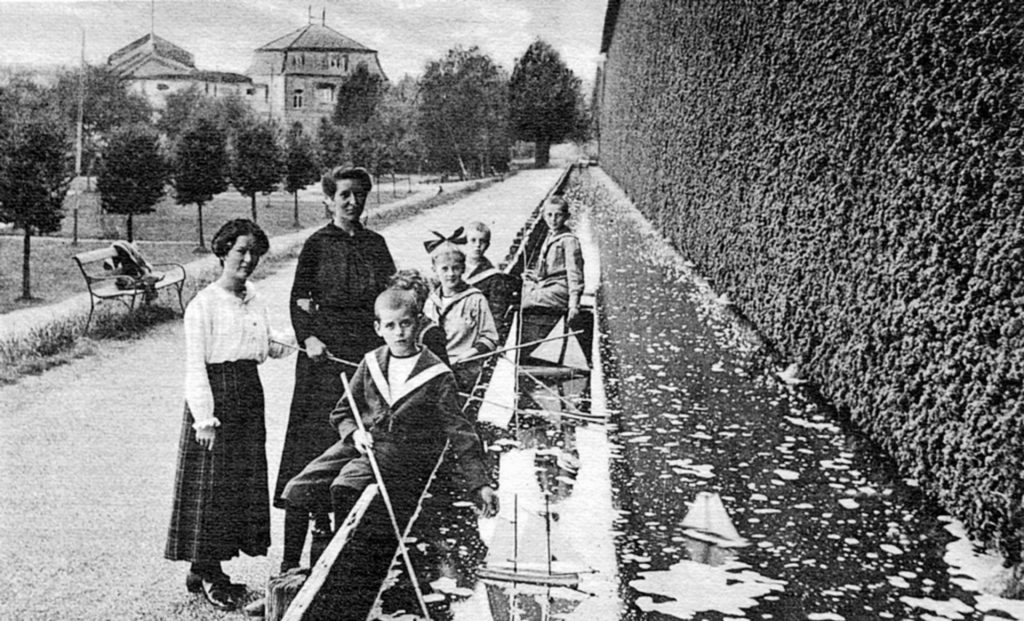
1872: FOUNDATION OF THE ROTHENFELD SALINEN- UND SOLEBAD-AKTIENGESELLSCHAFT
When industrial salt production in Rothenfelde was no longer profitable in the middle of the 19th century, Heinrich Schüchtermann, together with other buyers, bought the salt works at auction for 85,000 Taler. On 19 February 1872, the owners of the salt works founded the Salinen- und Solebad-AG together with the Rothenfelder Badehaus-Gesellschaft. Schüchtermann was chairman of the joint-stock company until his death.
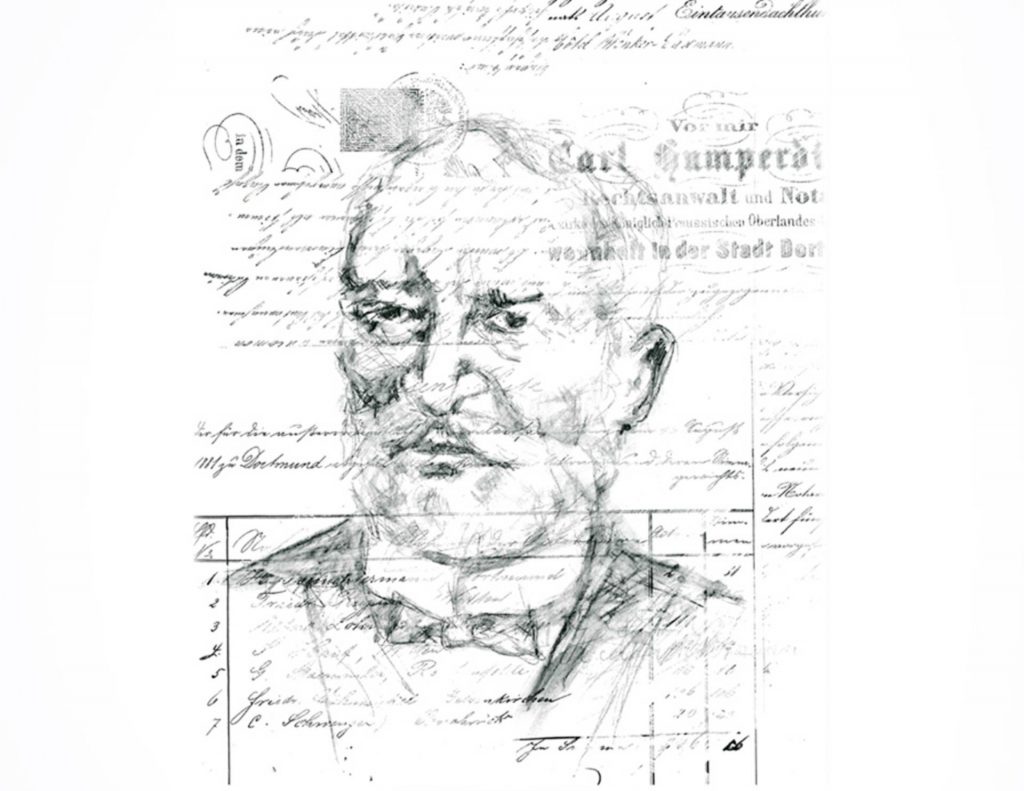
1894: ESTABLISHMENT OF THE SCHÜCHTERMANN-SCHILLER FAMILY FOUNDATION OF DORTMUND
Schüchtermann was highly regarded not just for his economic, but also for his social commitment. Together with his wife Antoinette Schiller, the counsellor of commerce set up the Schüchtermann-Schiller family foundation in Dortmund one year before his death. Since the couple remained childless, it was appointed as joint heir. The Schüchtermann-Klinik is still part of the foundation's assets today.
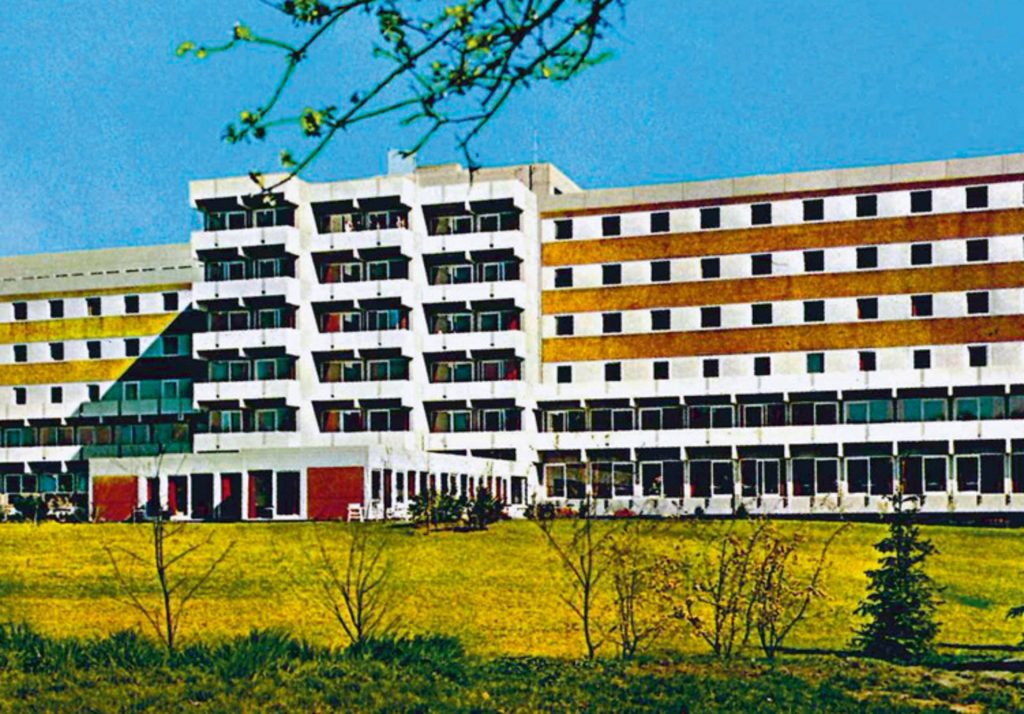
1971: GROUND-BREAKING CEREMONY FOR THE SCHÜCHTERMANN-KLINIK
In 1969, the Salinen- und Solebad-AG, meanwhile renamed Kurkliniken Bad Rothenfelde Lehmann KG, decided to invest funds in a new rehabilitation hospital for cardiovascular diseases. On 16 November 1971, the first dig was made on the "Frielingswiese". In the ensuing two years, among other things, some 40 km of cables were laid and 1,100 window and door elements installed.
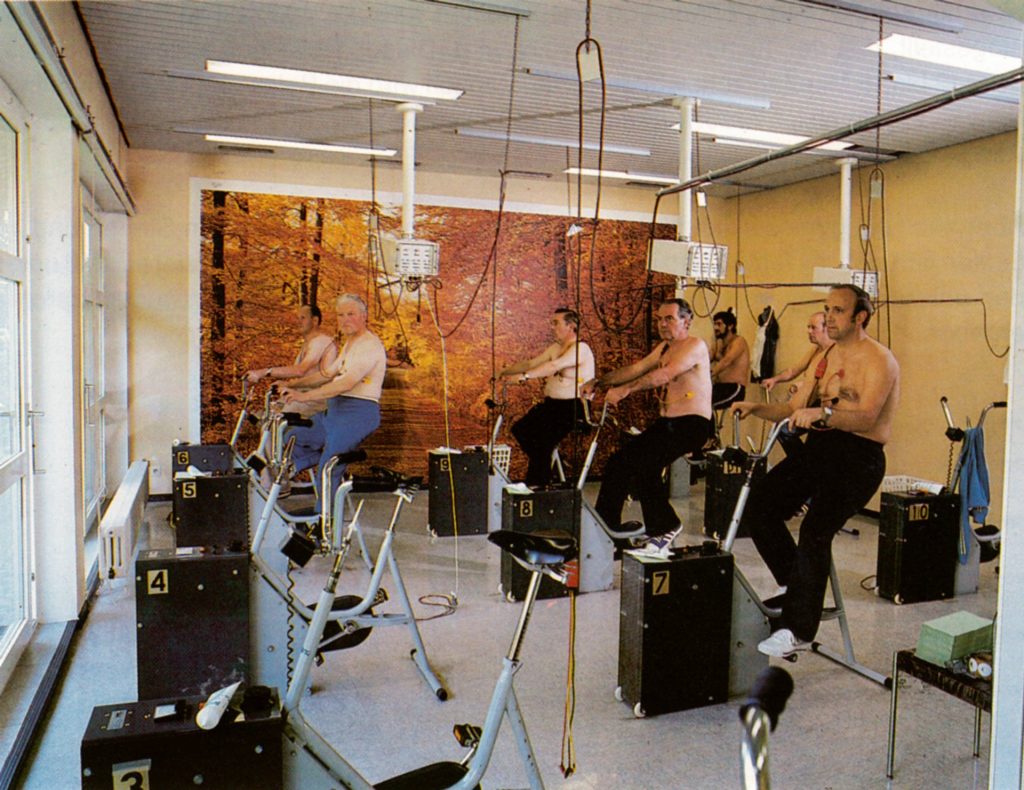
1973: COMMISSIONING AS AN INTERNAL HEALTH HOSPITAL
The Schüchtermann-Klinik was officially opened on 28 September 1973. The first 50 spa guests arrived on 3 October, and the hospital was already fully occupied for the first time on 24 October. Until 1999, the chief physician and medical director was Dr Rainer Buchwalsky, who played a decisive role in shaping and developing the hospital.
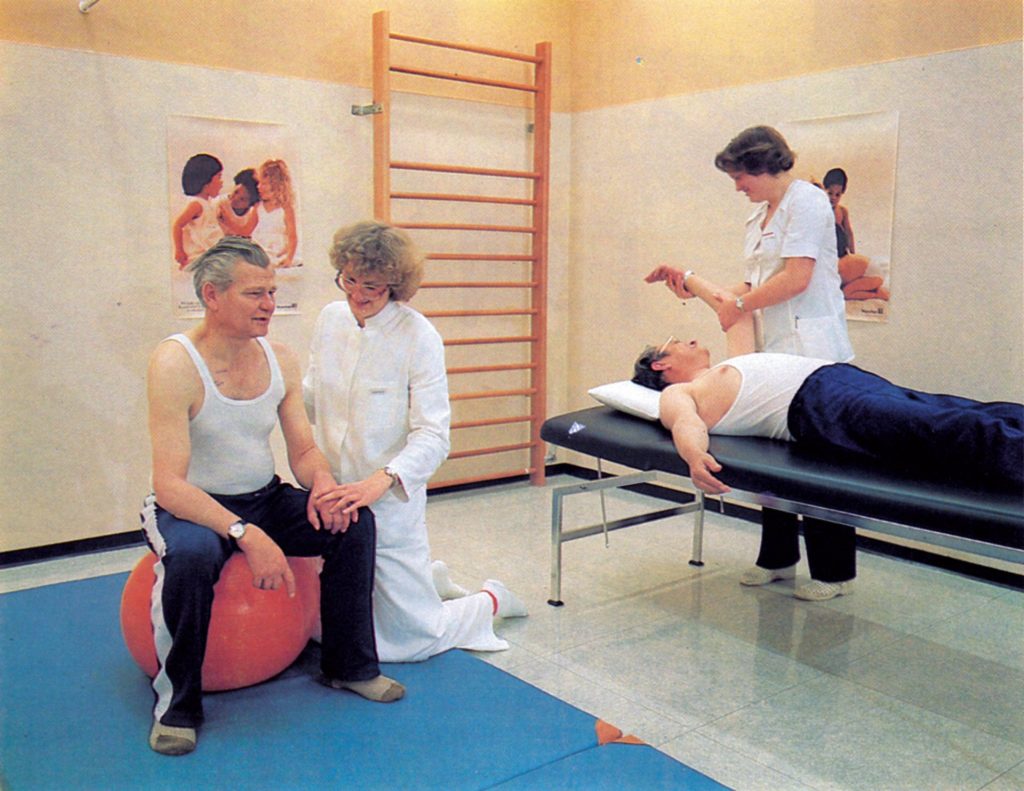
1976: INTRODUCTION OF FOLLOW-UP TREATMENT
Of great importance for the hospital's development was the decision by the Federal Insurance Institution for Salaried Employees (BfA) to choose the Schüchtermann-Klinik as a cardio-angiological model hospital for follow-up treatments. Acute hospitals in the region sent their heart attack patients to Bad Rothenfelde for rehabilitation immediately after treatment.
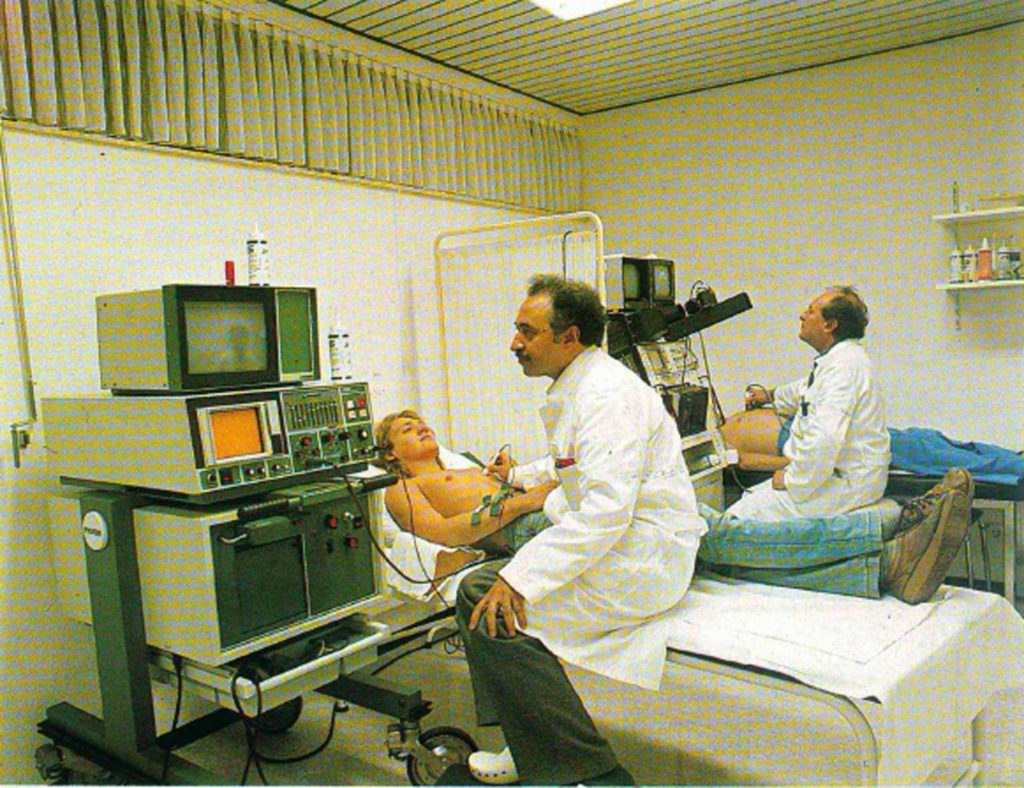
1977: COMMISSIONING OF CARDIOLOGY
Because the number of heart attack patients was increasing rapidly, the Schüchtermann-Klinik was increasingly reaching its limits in terms of its diagnostic facilities. Through Dr Buchwalsky's efforts, the hospital was granted its own apparatus for imaging the coronary arteries. On 27 May 1977, the cardiac catheter diagnostic wing with two catheter labs was opened.
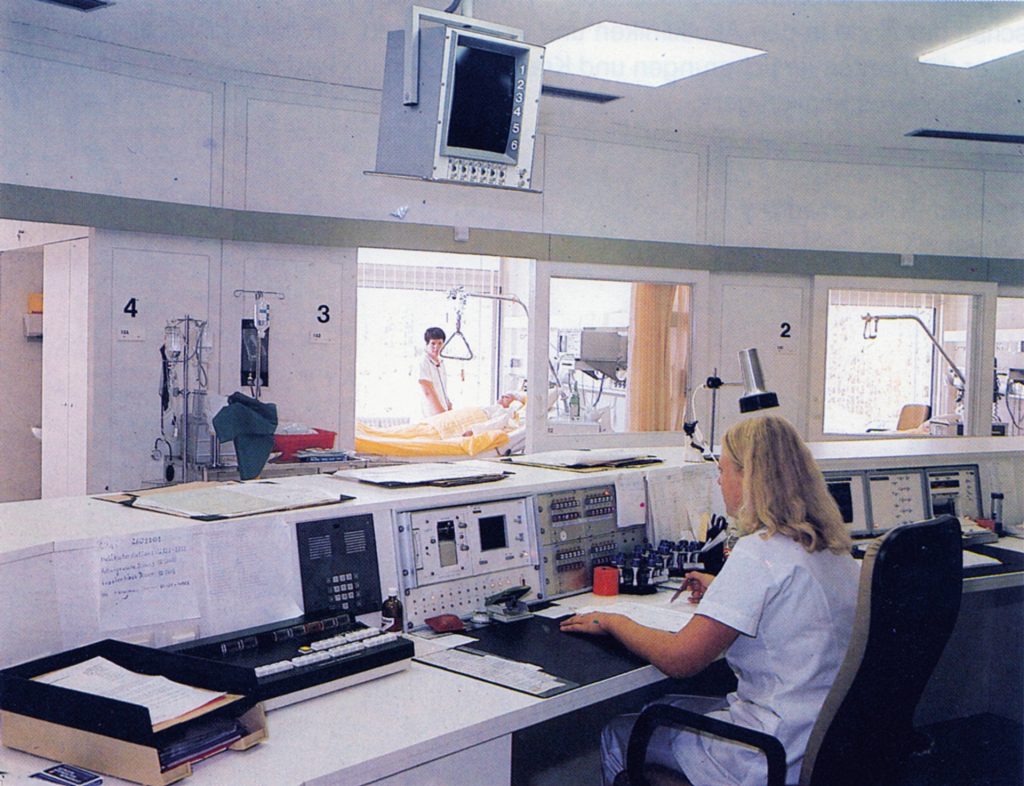
1981: COMMISSIONING OF THE CARDIOLOGY INTENSIVE CARE UNIT
With the heart catheter operations, more and more patients requiring intensive care came to the Schüchtermann-Klinik, which overtaxed the small intensive care unit in terms of space and staff. The new intensive care and monitoring unit was opened on 1 April 1981. Rooms for the laboratory, echocardiography, X-ray and the psychology department were also created in the extension.

1984: FIRST CATHETER INTERVENTION ON THE CORONARY ARTERIES (PTCA)
In 1984, the first balloon dilatation of a coronary artery (PTCA) was performed at the Schüchtermann-Klinik. PTCAs were only possible in good flying weather, however, as a helicopter had to fly the patients to a cardiac surgery unit if necessary. Moving forward courageously and with great vision, without following every trend unchecked, the hospital has retained this approach to this day.
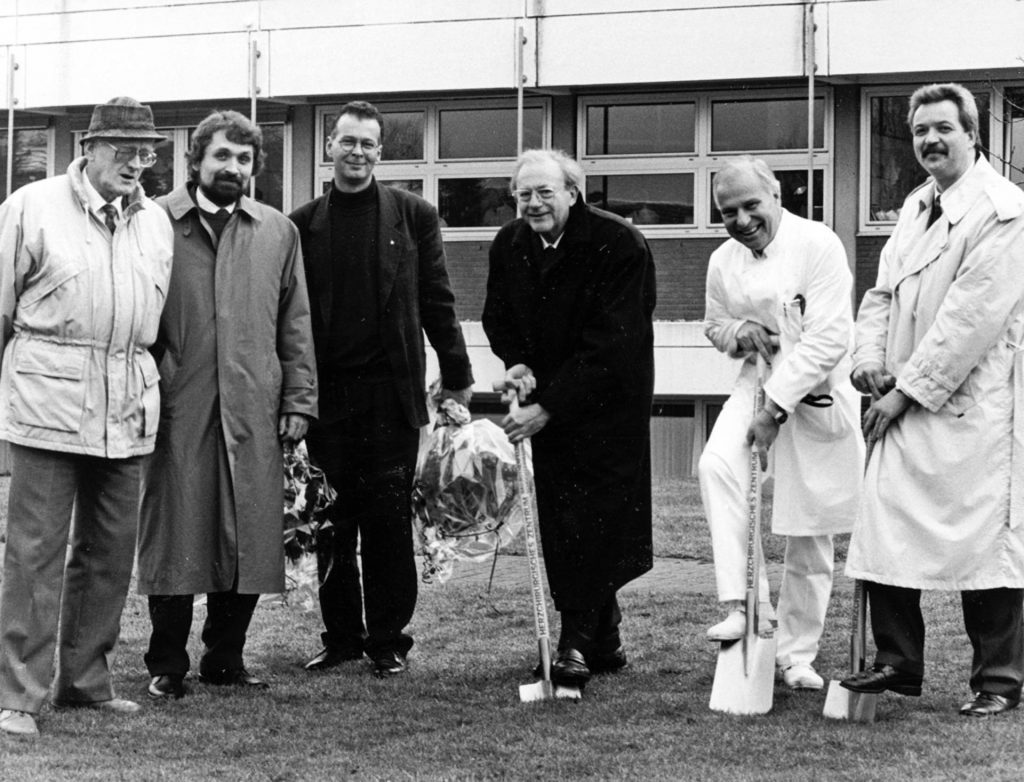
1988: APPLICATION TO BECOME A CARDIAC SURGERY CENTRE
In the 1980s, patients with pending cardiac surgery were usually faced with long waiting times and stressful journeys to different parts of Germany or even abroad. In May 1988, the Schüchtermann-Klinik applied for a licence to carry out cardiac surgery, and in March 1990 it was granted. This paved the way for an integrated heart centre.
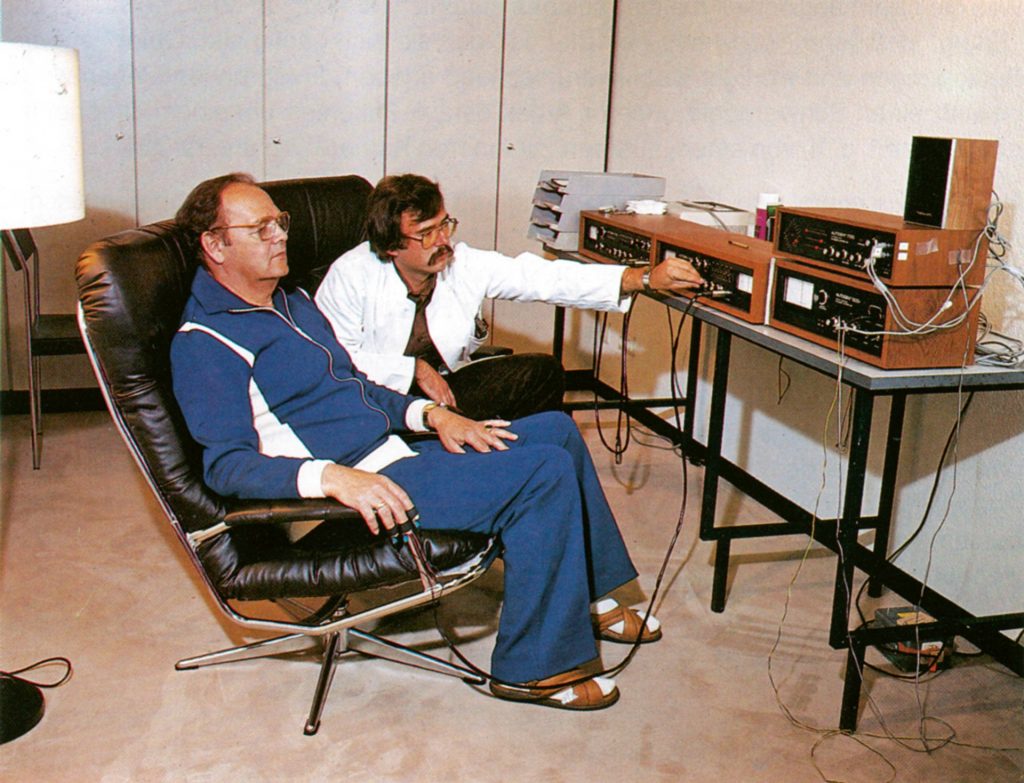
1990: COMMISSIONING OF THERAPY ANNEXES
Thanks to the new therapy annexes, the demand for the modern and comprehensive rehabilitation of patients with cardiovascular diseases could be better met. In addition to the new sports hall, rooms for exercise therapy, physiotherapy and health training, a bio-feedback room and conference rooms were added.
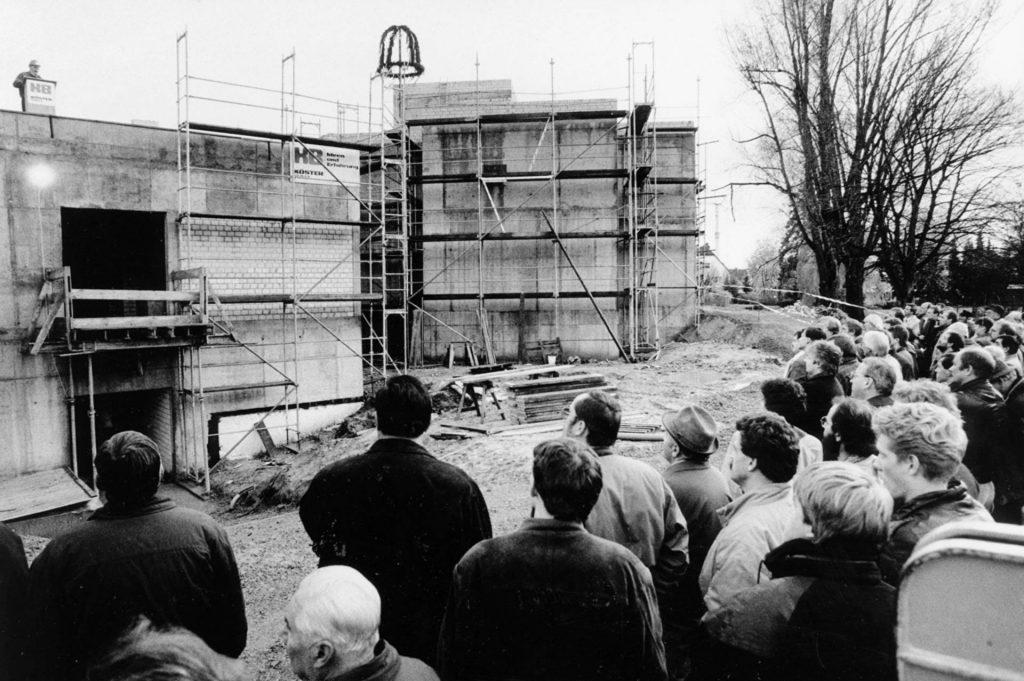
1993: COMMISSIONING OF CARDIAC SURGERY
The cardiac surgery department was opened on 6 October 1993. In addition to an operating theatre area and the associated functional units such as sterilisation or cardiac technology, a new intensive care unit and a nursing station were added. Prof. Henning Warnecke, who came from the German Heart Centre in Berlin and brought about 50 of his staff with him to Bad Rothenfelde, became the head of cardiac surgery.
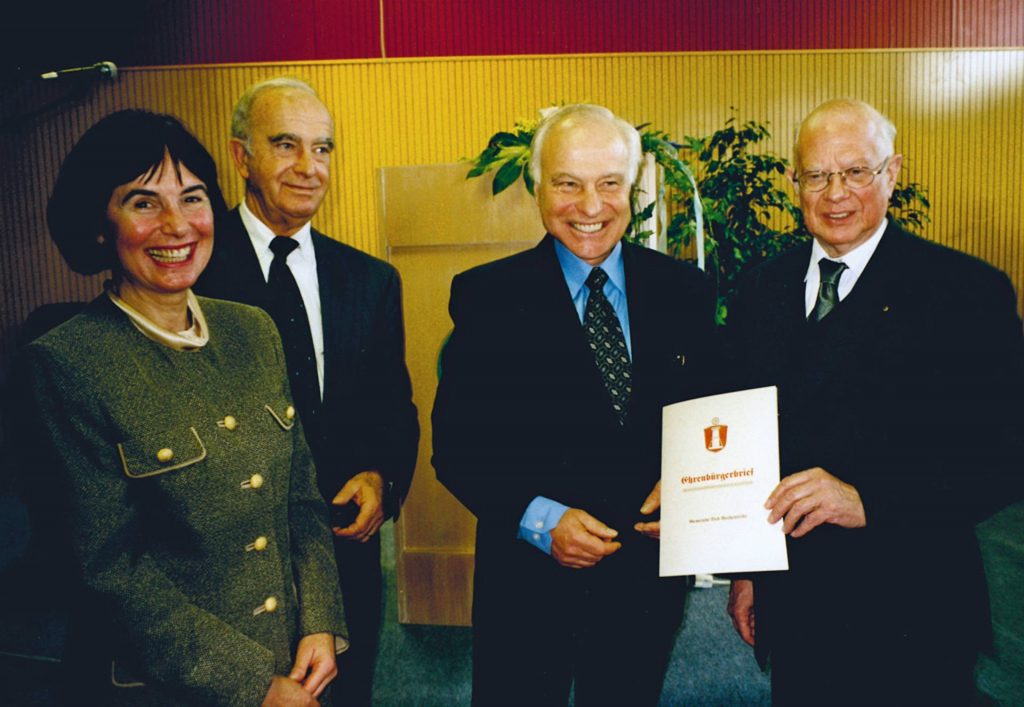
1999: FAREWELL TO DR RAINER BUCHWALSKY
After more than 26 years of service, the chief physician and medical director Dr Rainer Buchwalsky retired in December 1999. As the father of ideas and the founding father of the heart centre, he shaped the hospital like no other. To this day, Dr Buchwalsky is present in the hospital through his photographs, which can be found on all wards and testify to his interest in each person as an individual.
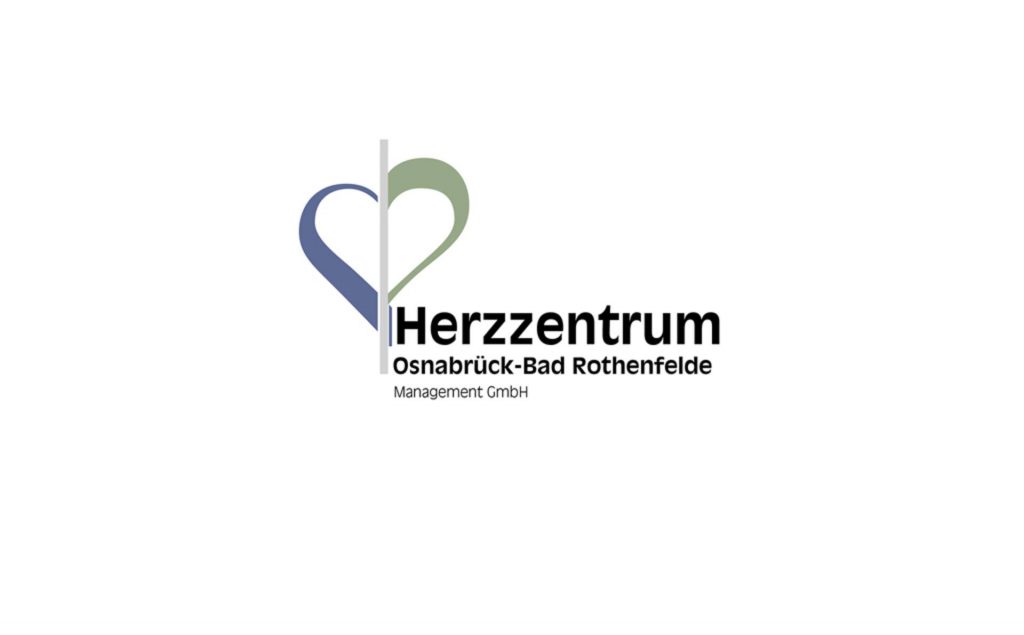
2000: FOUNDATION OF THE HEART CENTRE IN OSNABRÜCK-BAD ROTHENFELDE
Together with the Klinikum Osnabrück, the Schüchtermann-Klinik founded the Osnabrück-Bad Rothenfelde Heart Centre on 1 January 2000. The aim of this cooperation was to offer patients the best possible quality of care and to create synergy effects. In 2003, the Marienhospital Osnabrück was brought on board as a further partner.
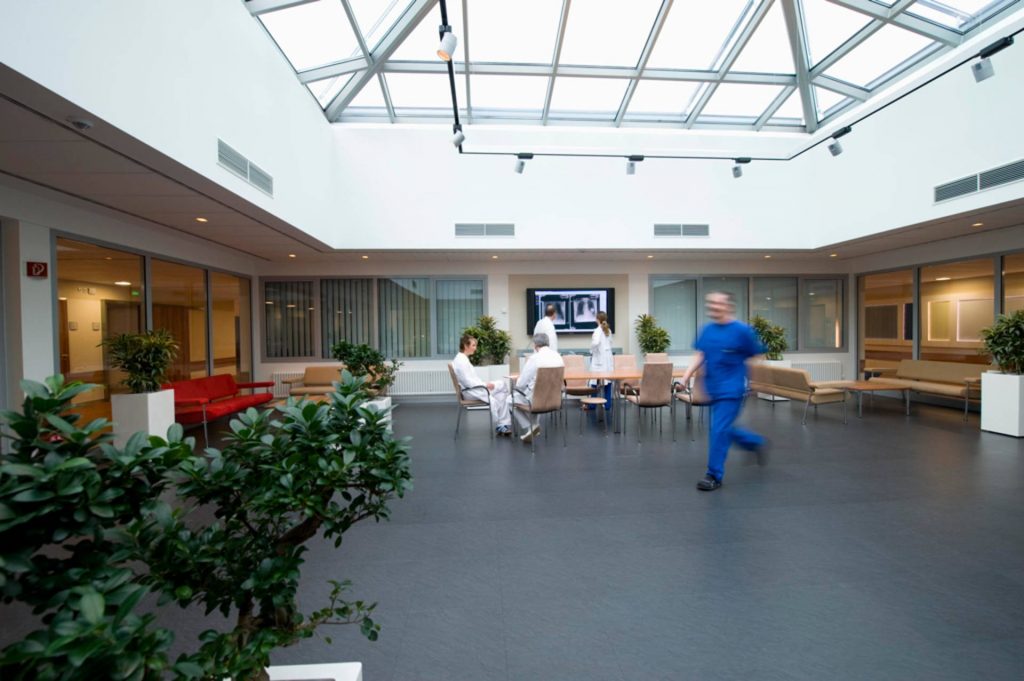
2009: COMMISSIONING OF THE NEW CARDIAC SURGERY INTENSIVE CARE UNIT
21 million Euro were invested by the family foundation in the new intensive and intermediate care unit (IMC), which was opened on 6 February 2009. The total of 26 intensive care and 25 IMC care beds are designed and equipped in line with the latest intensive care medicine and psychological aspects. The bright and spacious rooms set new standards in terms of patient and family satisfaction.
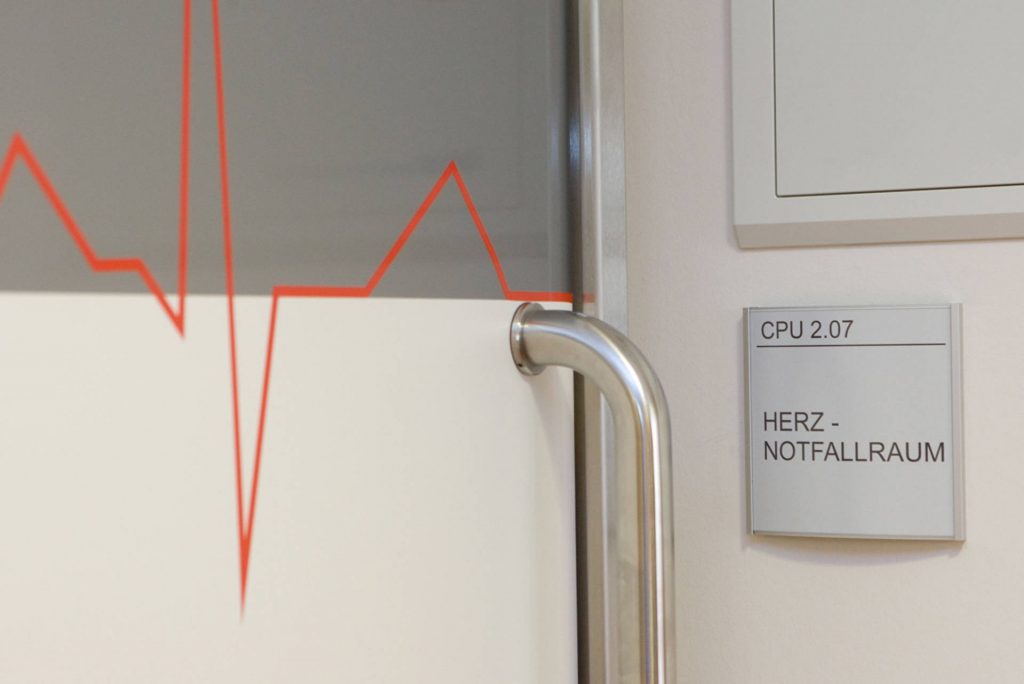
2010: COMMISSIONING OF THE CHEST PAIN UNIT AND HYBRID OPERATING THEATRES
The Chest Pain Unit (CPU), which opened in April 2010, has six treatment and monitoring stations. Patients with unexplained chest pain can come directly to the CPU and receive fast and targeted care in the immediate vicinity of all cardiology diagnostic and intervention areas. The new hybrid operating theatre combines a fully equipped cardiac surgery operating theatre with a cardiac catheterisation laboratory. This created the ideal framework conditions to further advance interdisciplinary cooperation within the heart team, i.e. between cardiac surgeons, cardiologists and anaesthetists - a particular hallmark of the Schüchtermann-Klinik.
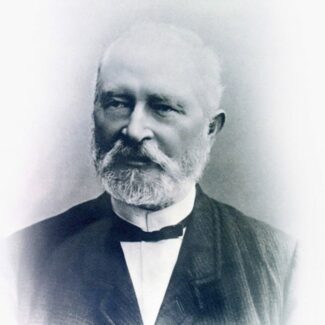
1830
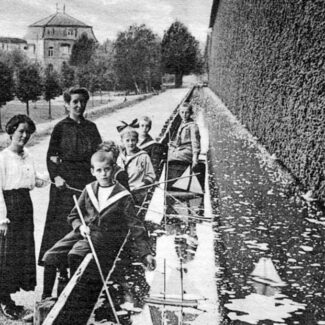
1872
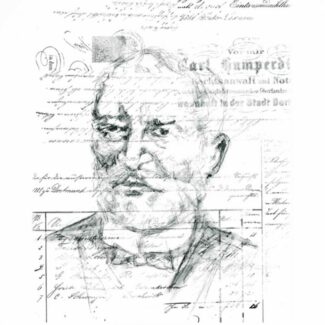
1894
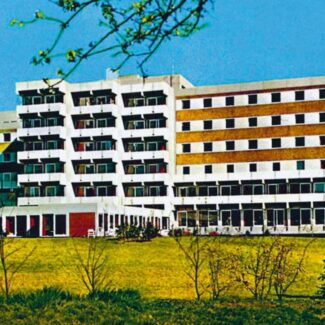
1971
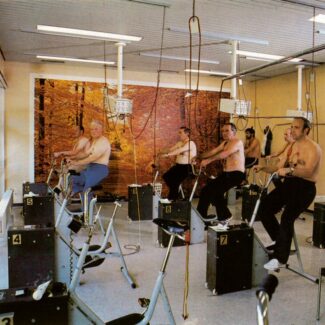
1973
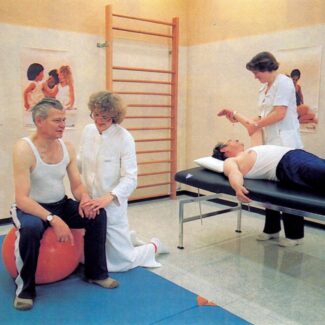
1976
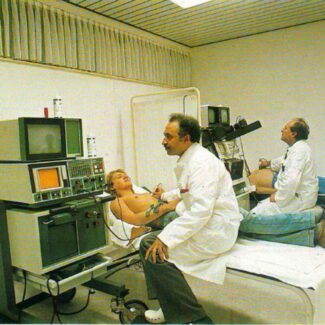
1977
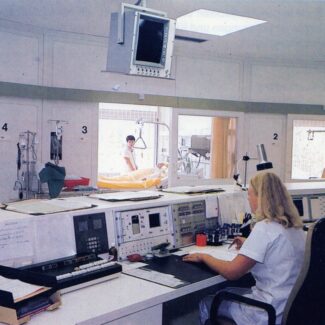
1981
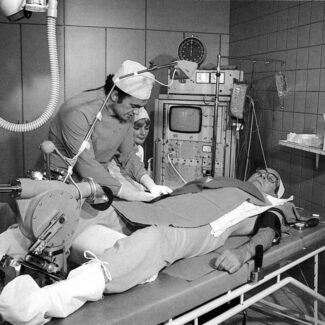
1984
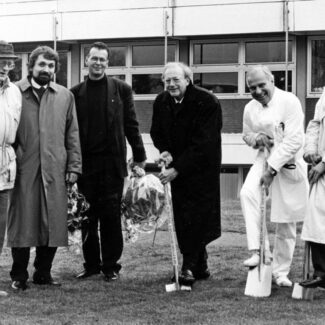
1988
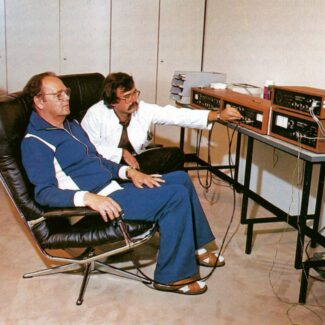
1990
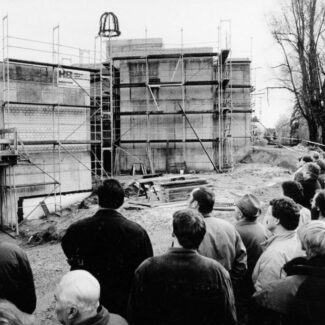
1993
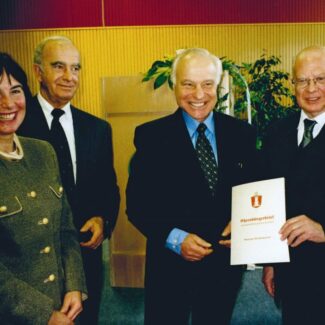
1999
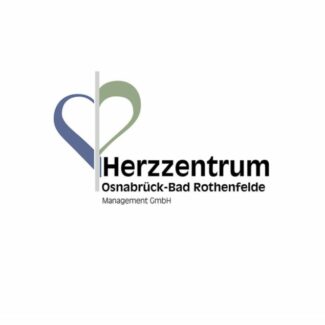
2000
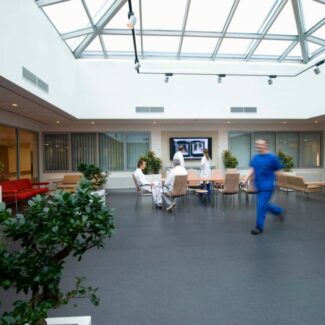
2009
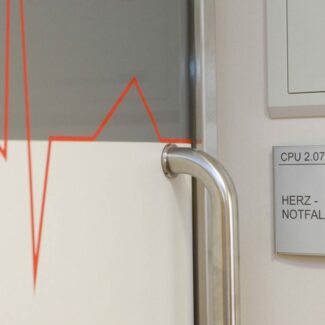
2010
